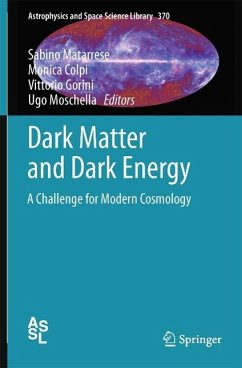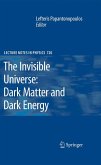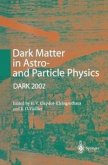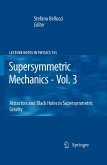This book brings together reviews from leading international authorities on the developments in the study of dark matter and dark energy, as seen from both their cosmological and particle physics side. Studying the physical and astrophysical properties of the dark components of our Universe is a crucial step towards the ultimate goal of unveiling their nature. The work developed from a doctoral school sponsored by the Italian Society of General Relativity and Gravitation. The book starts with a concise introduction to the standard cosmological model, as well as with a presentation of the theory of linear perturbations around a homogeneous and isotropic background. It covers the particle physics and cosmological aspects of dark matter and (dynamical) dark energy, including a discussion of how modified theories of gravity could provide a possible candidate for dark energy. A detailed presentation is also given of the possible ways of testing the theory in terms of cosmic microwave background, galaxy redshift surveys and weak gravitational lensing observations. Included is a chapter reviewing extensively the direct and indirect methods of detection of the hypothetical dark matter particles. Also included is a self-contained introduction to the techniques and most important results of numerical (e.g. N-body) simulations in cosmology. This volume will be useful to researchers, PhD and graduate students in Astrophysics, Cosmology Physics and Mathematics, who are interested in cosmology, dark matter and dark energy.
Dieser Download kann aus rechtlichen Gründen nur mit Rechnungsadresse in A, B, BG, CY, CZ, D, DK, EW, E, FIN, F, GR, HR, H, IRL, I, LT, L, LR, M, NL, PL, P, R, S, SLO, SK ausgeliefert werden.









